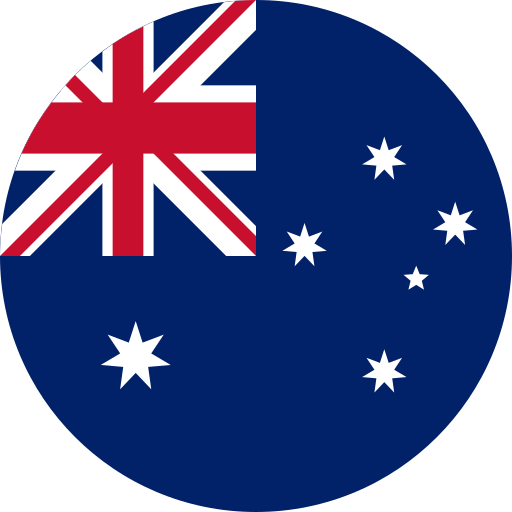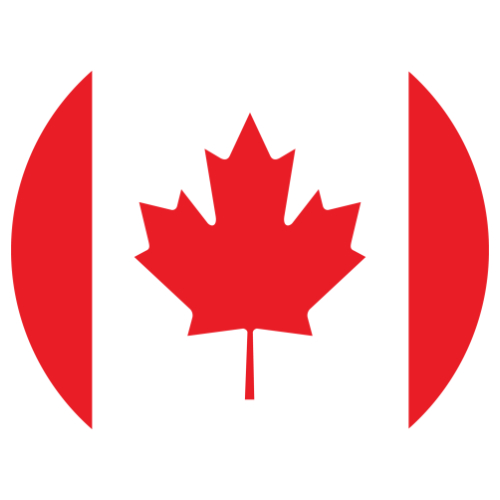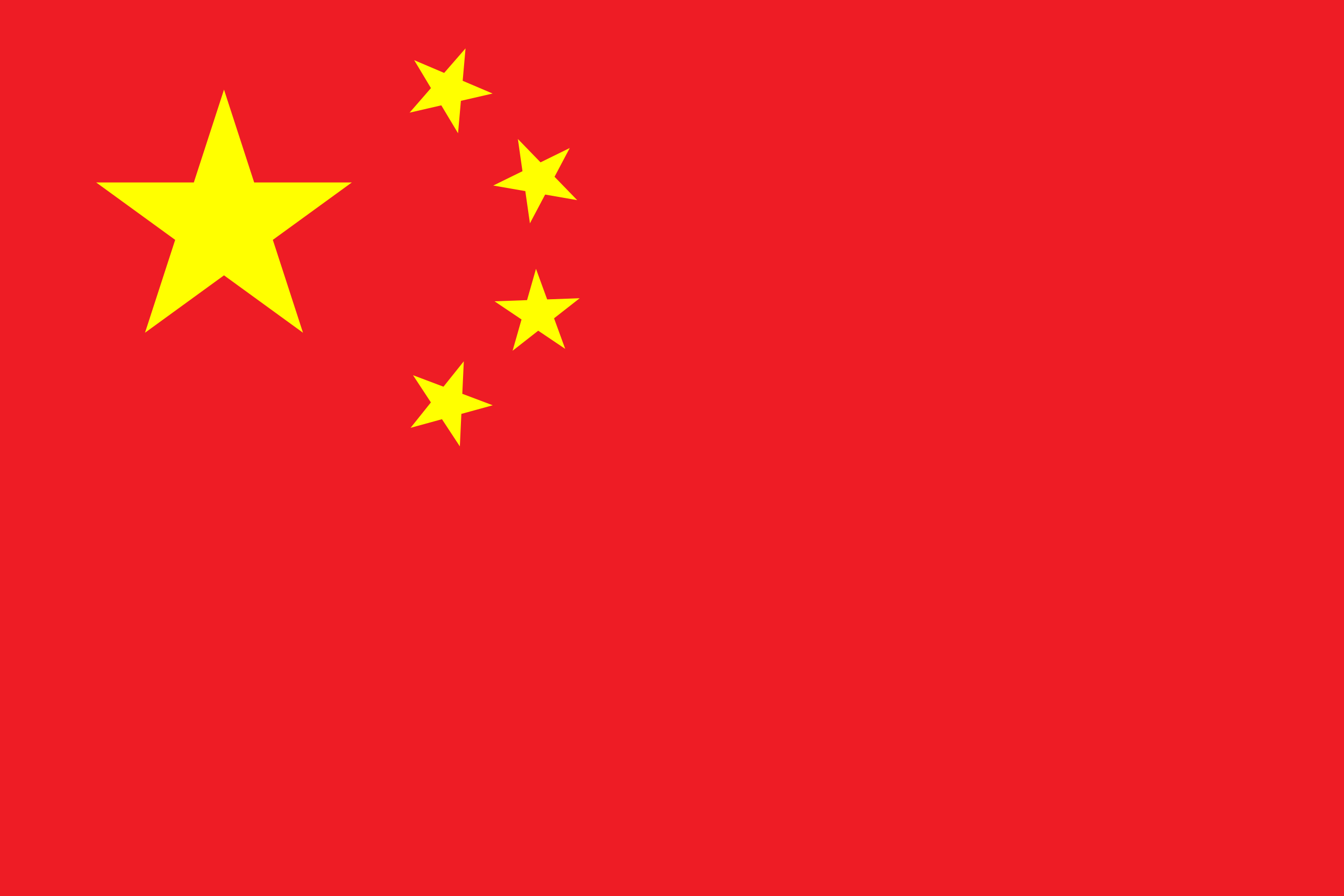Physical & Economic Factors Controlling Distribution of Fisheries
06 May 2020
Physical & Economic Factors Controlling Distribution of Fisheries
Scholarship Description:
Physical & Economic Factors Controlling Distribution of Fisheries is open for . The scholarship allows level program(s) in the field of taught at . The deadline of the scholarship is .
Fisheries are the industry of fish catching. Over 80 % of the world fisheries are in coastal environment and 20 % in inland fresh water. China is the largest exporter of fisheries in the world followed by Norway, Thailand, Denmark. The developed countries are the main importers of the of fisheries. Most Developed Countries (MDCs) absorb around 78 % of the fisheries imports by value as share of USA and Japan is around 27.1 %. Currently, half of the world’s fisheries harvest comes from Pacific Ocean, 25% from North Pacific alone.Favorable Factors for Fishing:
Physical Factors:
Continental Shelves:
The shallower the water, the abundant is plankton available there. Plankton is the basic food of fish. The Doggar Bank in Northern Sea and Grand Bank in North Eastern USA are the shallower continental shelves.
Broken Coastal Lines:
It is observed that near the broken coastal lines, the speed of the water is slow which in turn reduces the speed of a fish, thus near the broken coastal lines, fish catching can be quite easy.
Cold & Warm Currents:
Ocean currents play a major role in the industry of fisheries as the world’s best fishing ground is the Gulf Stream-warm water current.
Coastal Region Characteristics:
Rugged coastal land of Norway and Iceland make them good for fishing activities
Climate:
Climate also plays a major role in maintaining the quality of Fish and its preservation.
Non-polluted Clean Water:
Industry wastes stunts fish growth therefore, one can say that non polluted water is an essential requirement for increased fish catching,
Mangroves:
It has been found that mangroves serve as breeding grounds for fish, i.e. the greater the mangroves, the greater the plankton and the greater the fish.
Variety & Quality:
More variety and good quality of fish also helps fishing industry to flourish.
Economic factors:
Economic factors are equally important for the progress and promotion of the commercial fishing. Fish must be caught cheaply, stored properly and marketed readily. Following are some of the main economic factors which play an important role in development of fishing industry;
- Availability of fast and modern transport facilities.
- Availability of cold storage for preservation of fish.
- Good communication system among consumers and sellers.
- Demand for fish internationally should be met according to population size.
- Excellent & quick banking system for transfer of payments.
- Presence of organized fishing industry.
Degree Level:
Physical & Economic Factors Controlling Distribution of Fisheries is available to undertake level programs at .
Available Subjects:
Following subject are available to study under this scholarship program.
previous
Achievement Scholarships for International Undergraduate Students: Engineering and Information Technology, University of Technology Sydney



